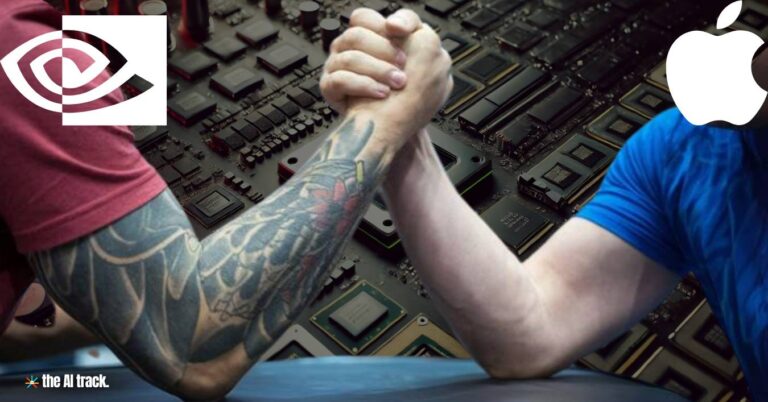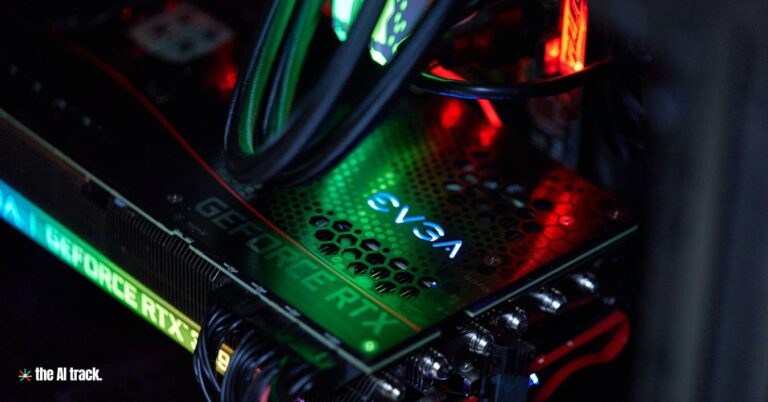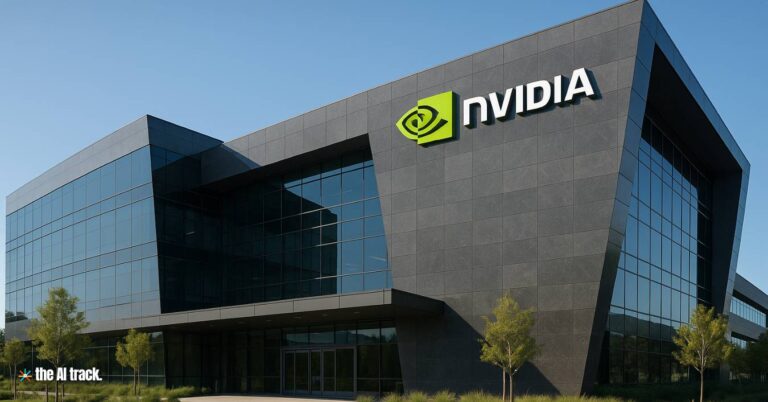Apple joines UALink Consortium’s Board of Directors, aiming to develop an open standard for AI accelerator connectivity to rival Nvidia’s NVLink technology.

Apple joins UALink Group – Key Points
What is UALink?
- Founded: October 2024
- Members: Over 65 tech leaders, including Intel, AMD, Google, AWS, Microsoft, Meta, Alibaba, and Synopsys.
- Objective: Develop an open, scalable standard (UALink) for connecting AI accelerator chips in data centers to enhance performance, reduce costs, and ensure interoperability.
- Technology: Built on AMD’s Infinity Fabric, enabling seamless GPU-to-GPU communication and support for custom chip solutions.
Apple’s Role and Motivation:
- Board Seat: Apple joins UALink and now has a direct influence on group’s strategic roadmap and adoption strategies.
- Strategic Investment: Apple is enhancing its AI infrastructure, including the development of a new server chip to support its Apple Intelligence suite of features.
- Industry Alignment: Aligns with Apple’s history of innovation and collaboration to address critical connectivity bottlenecks in AI data centers.
Challenges in the Current Landscape:
- Nvidia dominates AI hardware interconnectivity with its proprietary NVLink and Infiniband technologies, limiting competition and innovation.
- UALink’s open Ultra Ethernet standard seeks to counter Nvidia’s monopolistic grip, ensuring a more democratic and accessible AI ecosystem.
Why UALink Matters:
- Technical Impact: UALink will speed up the training, fine-tuning, and operation of AI models by enhancing chip-to-chip communication.
- Market Implications: First UALink-compatible products are expected within two years, signaling rapid adoption potential.
- Collaboration: High-profile members like Alibaba and Synopsys highlight the consortium’s industry-wide appeal and momentum.
Apple Intelligence and Future Prospects:
- Apple is building infrastructure to support Apple Intelligence, its AI feature suite, which includes products like AI-summarized news alerts.
- Recent investments in server chip development aim to improve data center efficiency, critical for powering advanced AI applications.
- While some Apple Intelligence features have faced criticism, Apple’s involvement in UALink suggests a long-term strategy to solidify its AI leadership.
Industry Implications:
- The rise of UALink could reduce Nvidia’s dominance, fostering open innovation and lowering hardware costs.
- Apple joins UALink and this move positions Apple as a leader in creating interoperable AI ecosystems, potentially accelerating advancements in AI-powered industries such as healthcare, finance, and entertainment.
- As UALink-compatible products roll out, the consortium could redefine the future of AI data center infrastructure, emphasizing efficiency and inclusivity.
Apple joins UALink group and this participation represents a significant industry shift, promoting collaboration over competition and redefining how AI hardware will evolve.
Explore the vital role of AI chips in driving the AI revolution, from semiconductors to processors: key players, market dynamics, and future implications.
Read a comprehensive monthly roundup of the latest AI news!







